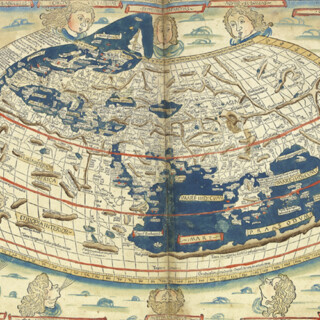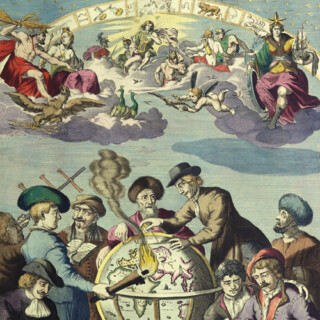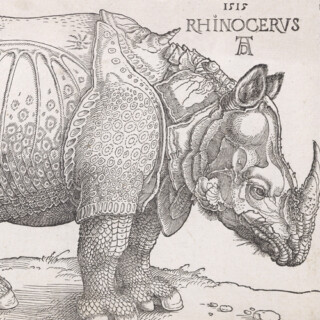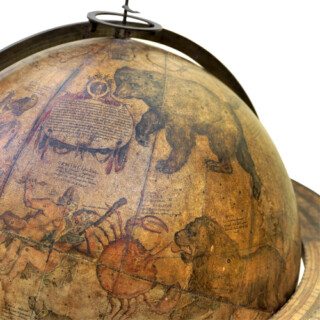-
×
![HOLLAR, W[enceslaus] [after Peter Paul RUBENS] Peter Paul Rubens](https://i0.wp.com/crouchrarebooks.com/wp-content/uploads/2025/03/18246_1H.jpg?fit=2626%2C3500&ssl=1) Rubens by Hollar
1 × £400
Rubens by Hollar
1 × £400 -
×
 Foundation map of Silicon Valley – inscribed by the artist
1 × £28,000
Foundation map of Silicon Valley – inscribed by the artist
1 × £28,000 -
×
![[HONDIUS, Colette] [Mercator Hondius Double Portrait] Gerardus Mercator natus Rupelmundae III non Martii anno CDDXII: visit ann. LXXXII. M. VIII. D. XXVI: denatus IV non. Decembris anno CDDXCIV. Iudocus Hondius natus in pago Flandriae dicto Wackene XVI Kalen Novembris anno CDDLXIII: vixit ann. XLVII. M. VII. D. XXIX: denatus XIV Kal. Martii anoo CDDCXII.](https://i0.wp.com/crouchrarebooks.com/wp-content/uploads/2025/03/12525_1H.jpg?fit=3500%2C2878&ssl=1) The celebrated double-portrait of Gerard Mercator and Jodocus Hondius
1 × £2,500
The celebrated double-portrait of Gerard Mercator and Jodocus Hondius
1 × £2,500 -
×
![FEUERLEIN, Johann Peter [after] Petrus Schenck, Elberveldensis / magni nominis apud Batavos sculptor.](https://i0.wp.com/crouchrarebooks.com/wp-content/uploads/2025/03/17725_1H.jpg?fit=2378%2C3326&ssl=1) Pieter Schenck
1 × £500
Pieter Schenck
1 × £500
£50
The discovery and exploration of Australia has long been framed as both an act of chance and of growing curiosity, shaped by the vast seas of the southern hemisphere and guided by the faint patterns of the stars.
The 111 maps and books of the Michael and Wendy Brown Collection tell this story from the creatures of ancient European myth, via the monsters of colonialism, to the behemoth of globalisation and modern multi-cultural Sydney.
Since early modern times, the artistic, printing and publishing world, including cartography, has on occasion, provided women with a means of agency, expression, and visibility. The women cartographers in this selection have, against the odds, been able to publicly claim their work.
£200
It is with great pleasure that Altea Gallery and Daniel Crouch Rare Books bring you this joint catalogue of the manuscript and printed archive of the world-renowned maritime chart publisher Imray, Laurie, Norie and Wilson Ltd.
The collection is a unique portrait of the Enlightenment world at the turn of the eighteenth century.
£50
Daniel Crouch Rare Books is proud to present a collection of playingcards and related items that are a store of artistic, political, industrial and cultural history spanning seven centuries and five continents. These palmsized pieces of paper have the power to enrich, educate, advertise or entertain.
The artistic and technical innovations of the generations of card-makers represented here have ensured that, even if you get dealt a bad hand, you are still holding good cards.
Whether alone or in teams, for pleasure or profit, sporting or seated, games have been an ever-present feature of every civilization. During the eighteenth century, not only were industrial advances making large-scale printing easier, but they were also generating something that had never before been available to the majority of society: leisure time. Paired with growing literacy rates across society and greater understanding of the importance of childhood education, this gave birth to a wave of new and unique games, especially in the form of jigsaw puzzles, playing cards, and board games.
£100
If journalism is, as they say, the first draft of history, then perhaps photography is the raw material of memory; in the sense not just of personal mementoes (though that’s often the way photographs start out), but also of shared recollection. And that sort of collective remembering is, in turn, the stuff of history’s sister, culture, and of identity.
£50
Maps are scientific instruments. They offer proof of truth. They portray measured relationships between objects and ideas. To achieve this, however, maps must reduce, omit, and distort a three-dimensional world onto a flat piece of paper. This is the paradox of cartography: to tell the truth, a map must lie.
£50
In antiquity, the earliest geographers and cartographers hypothesised a southern landmass to balance out the northern hemisphere, and when, in the second century, Ptolemy asserted that the Indian Ocean was bounded by land to the south, the legend of a terra australis incognita was born.
£20
The Commonwealth of Dominica. The Nature Island. Wai’tu kubuli, which, in the language of the indigenous Kalinago Indians, translates as ‘Tall is her body’. This collection, assembled over two generations, portrays Dominica through one hundred maps, prints, books, manuscripts, and ephemera.
£100
Three thousand years of history, geography, religion, and politics in one thousand maps, plans, and books. There exists a deep-rooted affinity between the history of cartography and the history of the Holy Land. The region served as the subject of the very first survey recorded in writing (Joshua 18:4) and continued to play a prominent role in cartography throughout the following millennia. Please note that shipping is not included. Costs are: £25 to the UK, £35 to Europe, and £45 to the rest of the world.
£15
“There is nothing in the world of fine books quite like the first discovery of Audubon. The giant energy of the man, and his power of achievement and accomplishment, give to him something of the epical force of a Walt Whitman or a Herman Melville. … Audubon is the greatest of bird painters; he belongs to American history, and as a writer he described things that human eyes will never see again” (Sitwell)
£15
“Every hand’s a winner!” - A catalogue of 57 decks of playing cards from c1630-1991, including a pack unknown until 2016, a gorgeous set of embroidered silk brocade cards, Ganjifa cards, and several English seventeenth century decks.



















